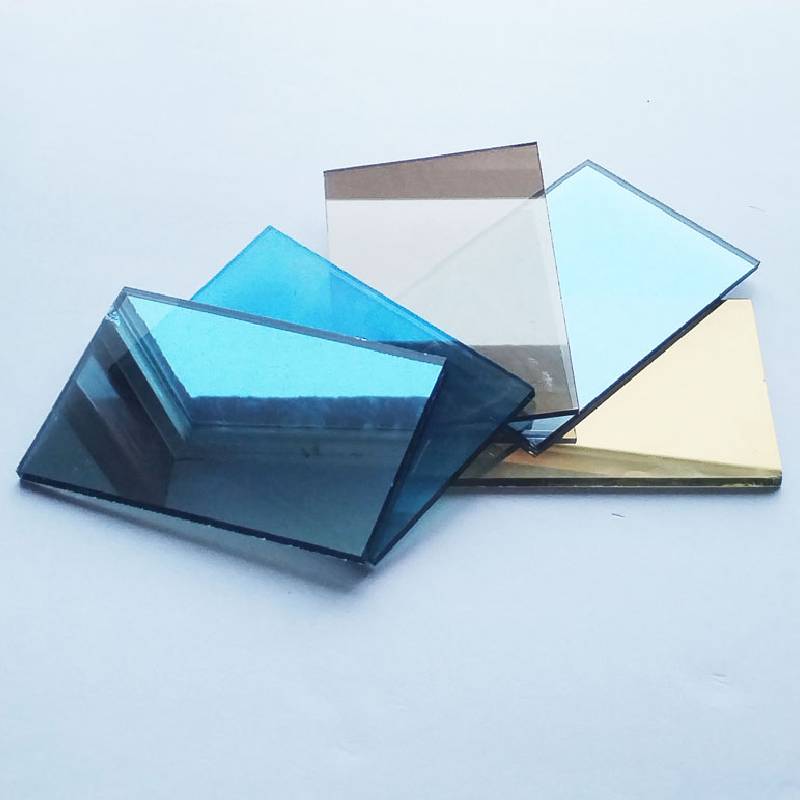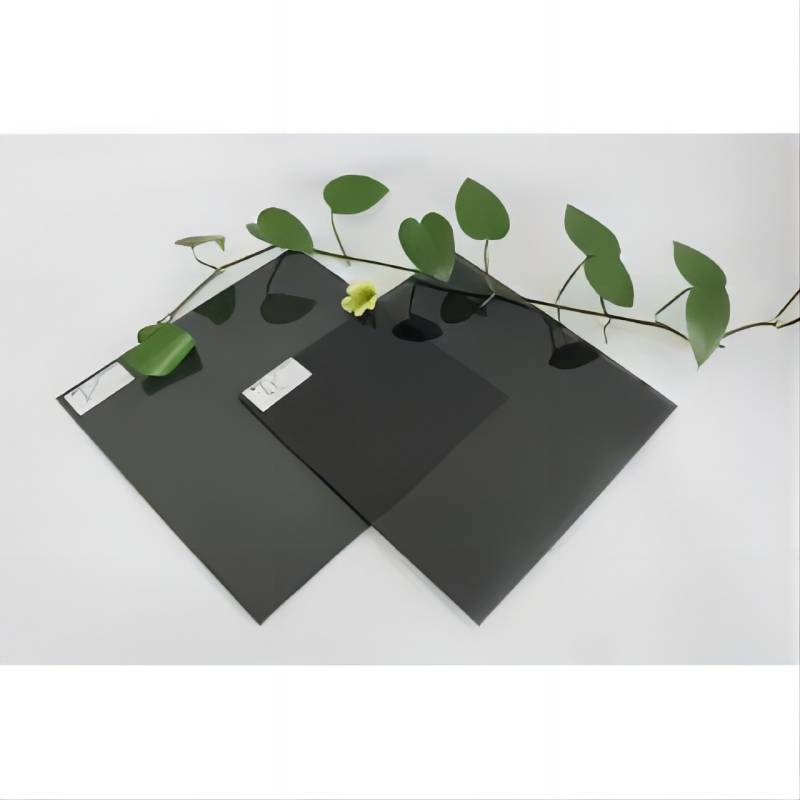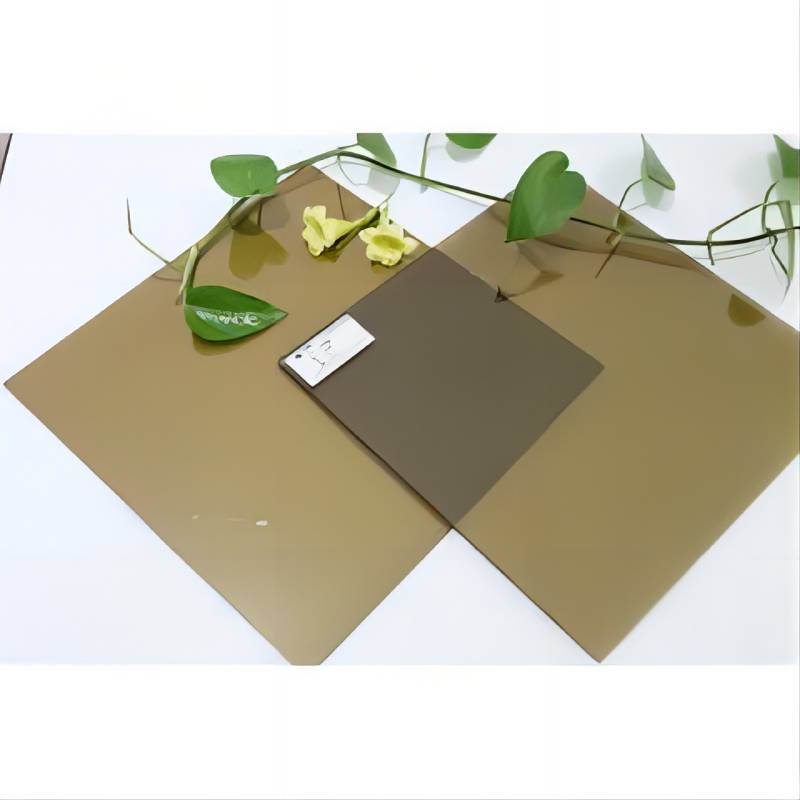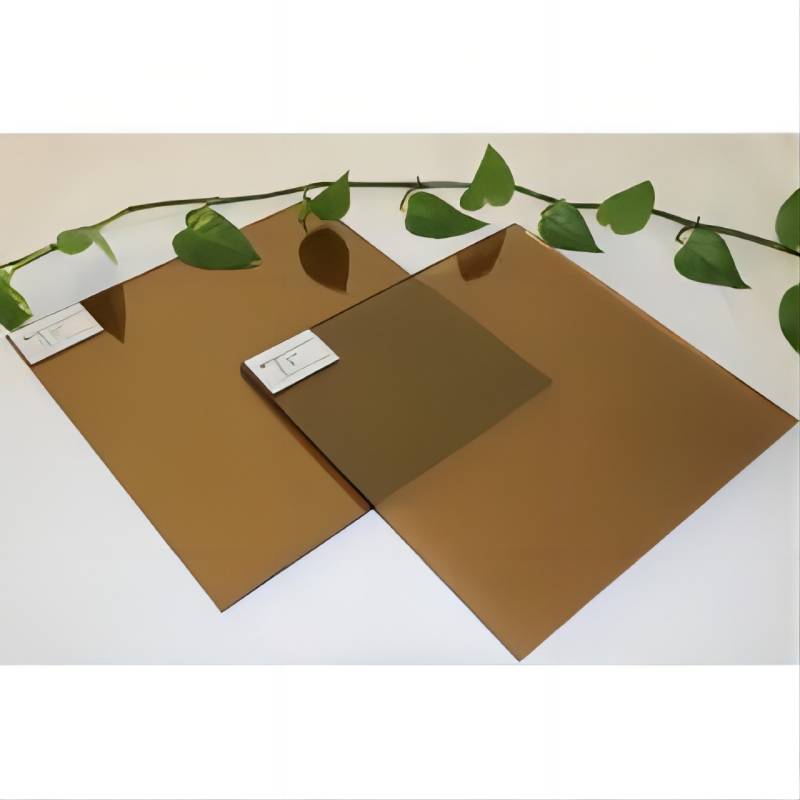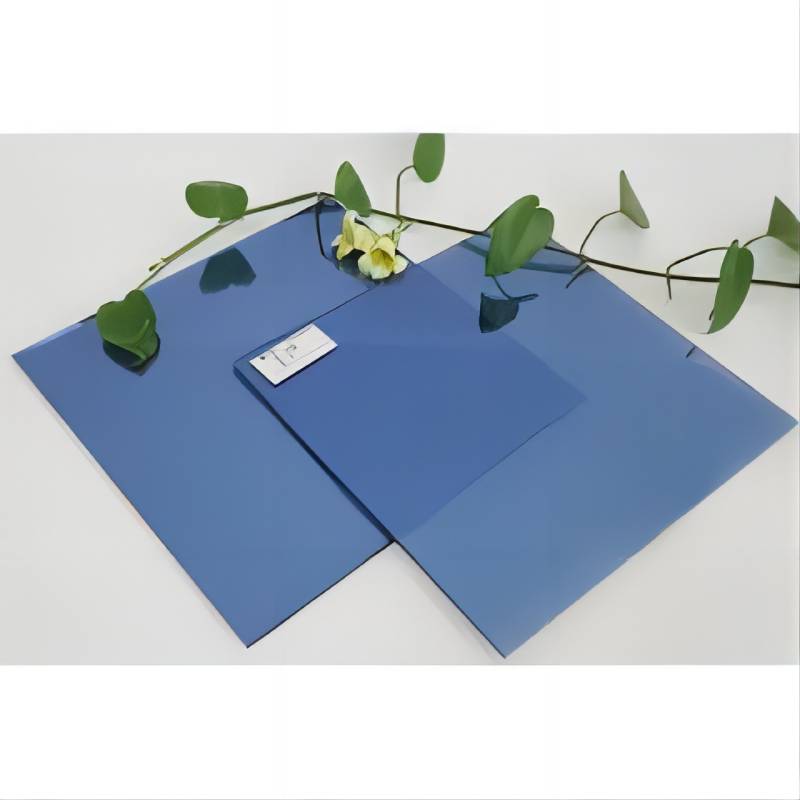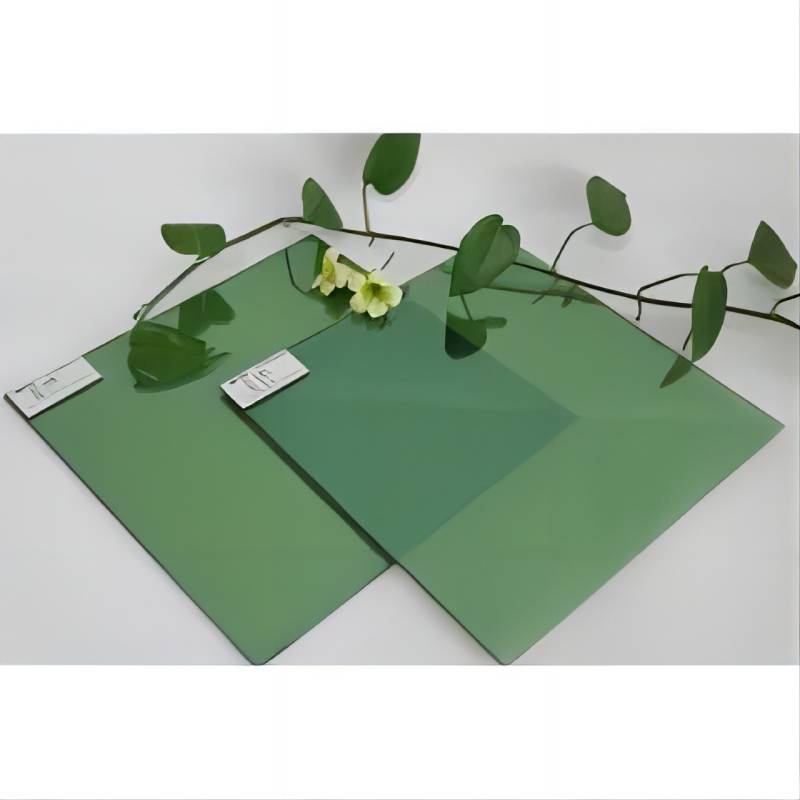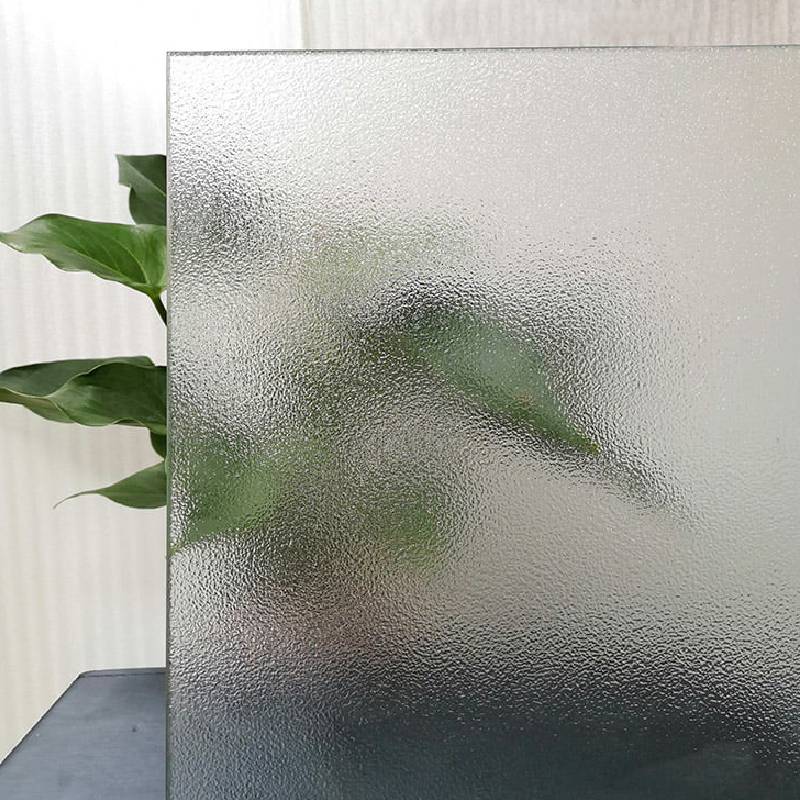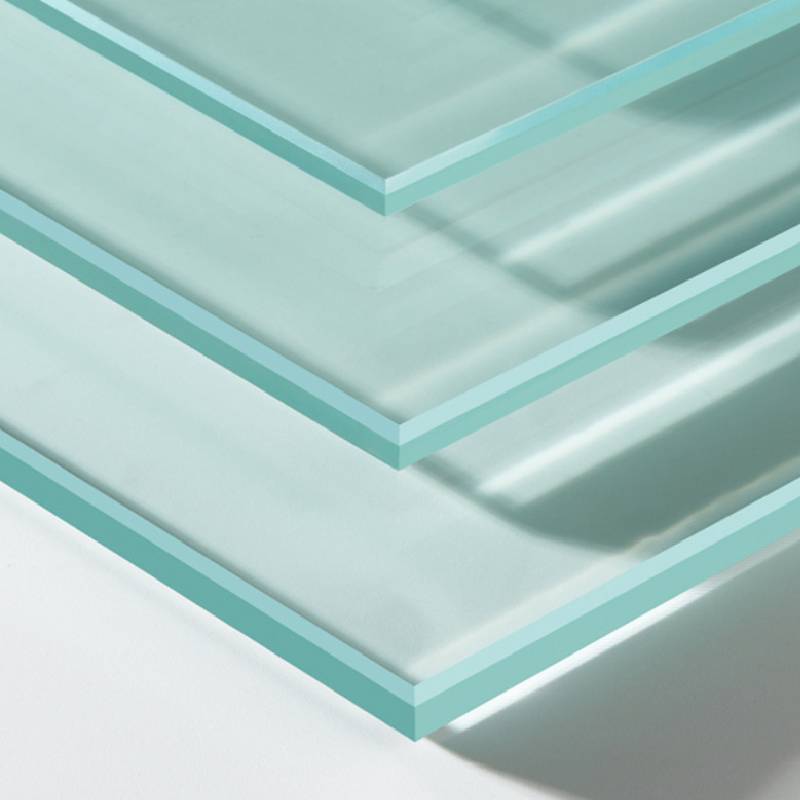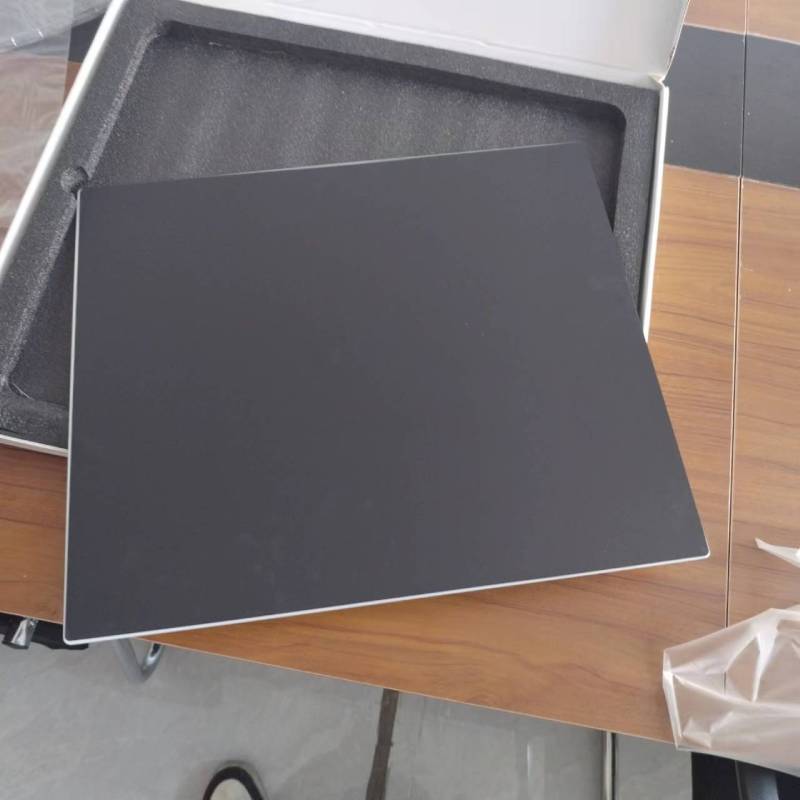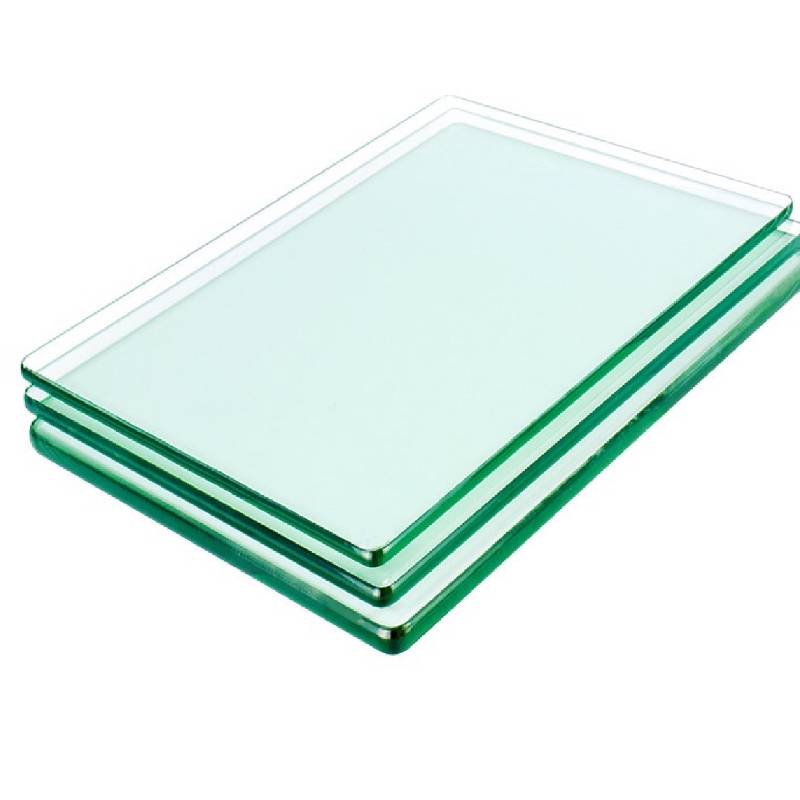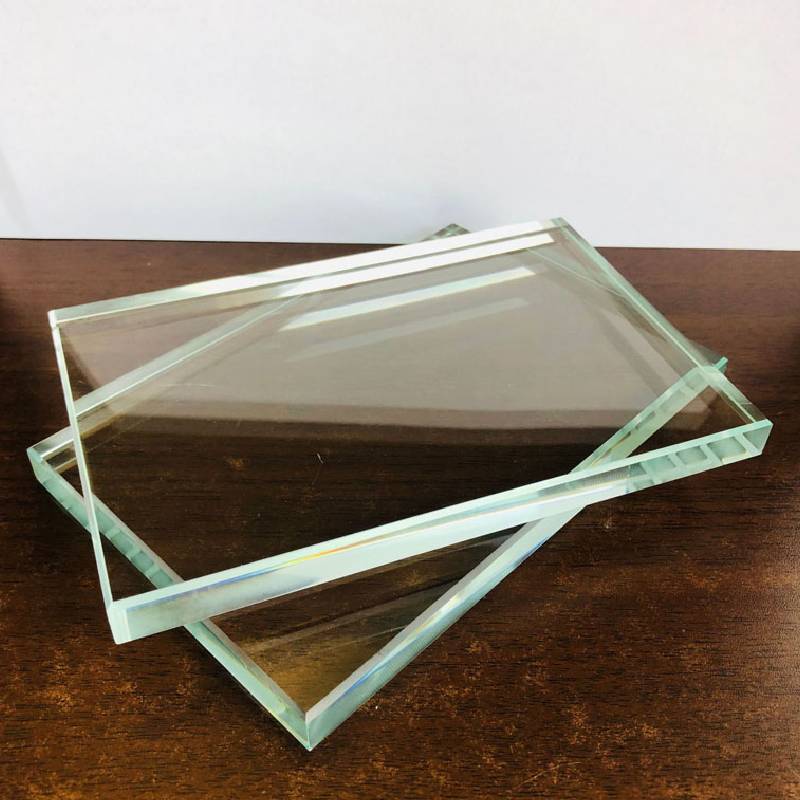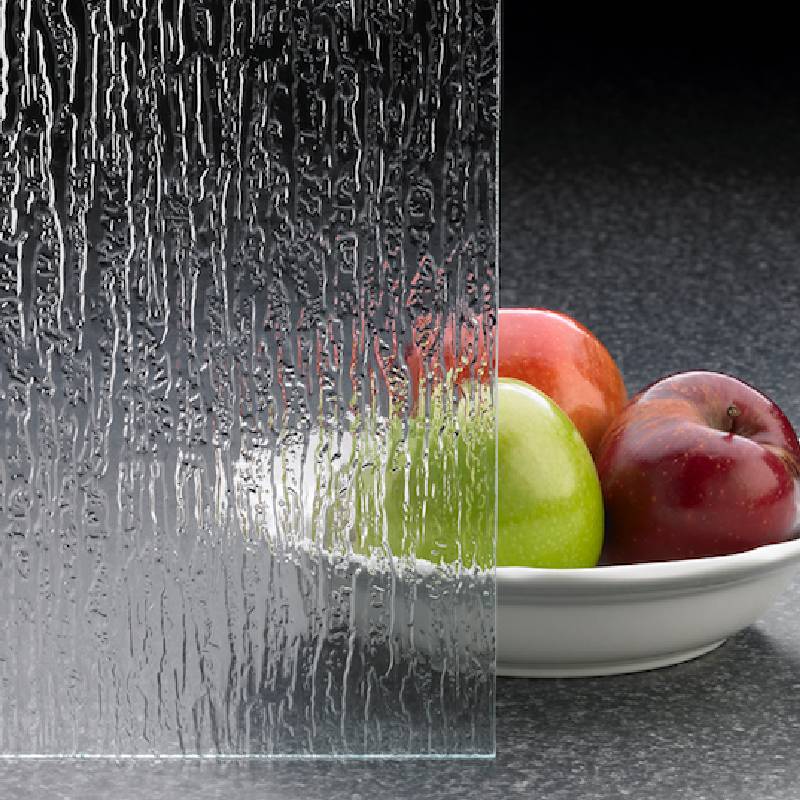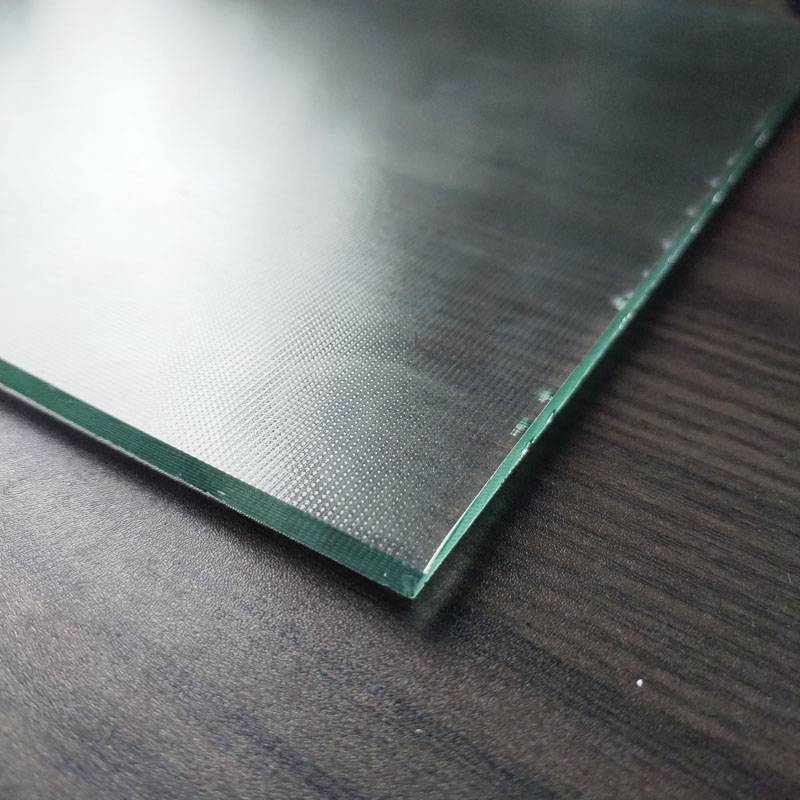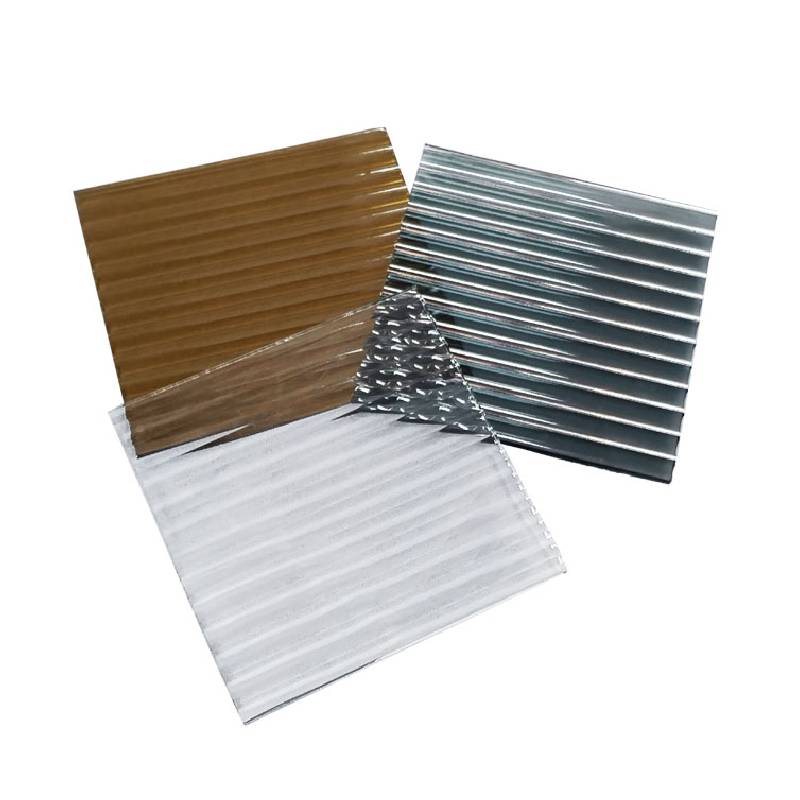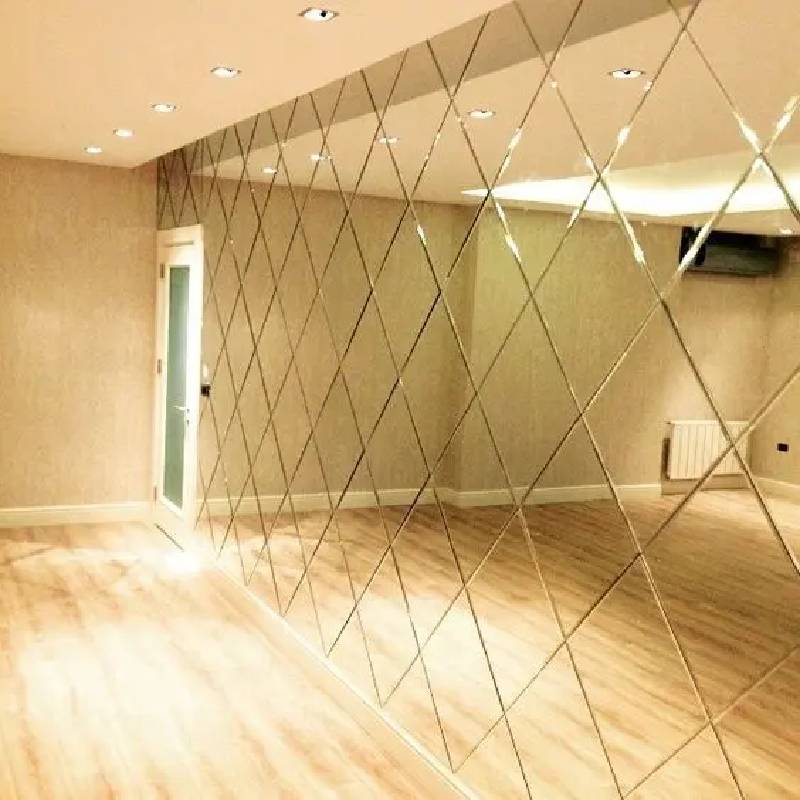Type: light blue reflective glass, dark blue reflective glass, light green reflective glass (French green reflective glass), dark green reflective glass (emerald green reflective glass), brown reflective glass, bronze reflective glass, European gray reflective glass, dark Gray reflective glass, black reflective glass, gold reflective glass, silver reflective glass,
Thickness: 4mm, 5mm, 6mm.
Size: 1830*2440, 2140*3300, 2140*3660, 2140*1650, 2250*3300, 2250*3660, 2440*3660.
Color reflective glass is manufactured through a process known as vacuum sputtering or magnetron sputtering. This method involves depositing metallic oxides onto the surface of clear or tinted glass in a vacuum chamber. By controlling the composition and thickness of these metallic coatings, manufacturers can achieve a wide range of colors and reflective properties.
During the sputtering process, the glass substrate is placed in a vacuum chamber along with targets made of the desired metal oxides, such as titanium, zinc, or silicon. High-voltage electrical currents are then applied to the targets, causing atoms to be ejected and deposited onto the glass surface. The thickness and composition of these coatings determine the color and reflective characteristics of the glass.
Several parameters play a crucial role in determining the performance and appearance of color reflective glass:
- Visible Light Transmission (VLT): VLT refers to the percentage of visible light that passes through the glass. Different applications may require varying levels of VLT to control glare and brightness indoors.
- Solar Reflectance: This parameter measures the ability of the glass to reflect solar radiation, helping to reduce heat gain and energy consumption in buildings.
-
- U-Value: The U-value indicates the rate of heat transfer through the glass. Low U-values signify better insulation properties, contributing to energy efficiency in buildings.
-
- Color Rendering Index (CRI): CRI measures the ability of a light source to accurately reveal the colors of objects compared to natural light. High CRI values are desirable for applications where color fidelity is important, such as museums or retail spaces.
-
Color reflective glass finds applications across various sectors, thanks to its aesthetic appeal and functional properties:
- Architectural Facades: Reflective glass facades add a contemporary touch to buildings while improving energy efficiency by reducing solar heat gain. The reflective surfaces also create dynamic visual effects, especially in urban landscapes.
- Interior Design: In interior spaces, color reflective glass can be used for partitions, doors, and decorative elements to enhance natural light distribution and create visually striking environments.
- Automotive Industry: Reflective glass coatings are utilized in automotive windows to improve visibility, reduce glare, and enhance the overall appearance of vehicles. Additionally, they help regulate interior temperatures, improving comfort for passengers.
- Electronics: Color reflective glass is integral to the production of display panels for electronic devices such as smartphones, tablets, and televisions. The reflective coatings enhance screen clarity and color vibrancy, providing an optimal viewing experience for users.
- Solar Panels: Some variants of color reflective glass are engineered for use in photovoltaic solar panels, where they serve as protective layers while also optimizing light absorption for electricity generation.
 Afrikos
Afrikos  albanų
albanų  amharų
amharų  arabiškas
arabiškas  armėnų
armėnų  Azerbaidžaniečių
Azerbaidžaniečių  baskų
baskų  baltarusių
baltarusių  bengalų
bengalų  bosnių
bosnių  bulgarų
bulgarų  katalonų
katalonų  Cebuano
Cebuano  Korsikos
Korsikos  kroatų
kroatų  čekų
čekų  danų
danų  olandų
olandų  Anglų
Anglų  Esperanto
Esperanto  Estų
Estų  suomių
suomių  Prancūzų kalba
Prancūzų kalba  fryzų
fryzų  Galisų
Galisų  gruzinų
gruzinų  vokiečių kalba
vokiečių kalba  graikų
graikų  gudžaratų
gudžaratų  Haičio kreolų
Haičio kreolų  hausa
hausa  havajietis
havajietis  hebrajų
hebrajų  Ne
Ne  Miao
Miao  vengrų
vengrų  islandų
islandų  igbo
igbo  Indoneziečių
Indoneziečių  airių
airių  italų
italų  japonų
japonų  javiečių
javiečių  kanada
kanada  kazachų
kazachų  khmerų
khmerų  Ruandos
Ruandos  korėjiečių
korėjiečių  kurdų
kurdų  Kirgizų
Kirgizų  TB
TB  lotynų kalba
lotynų kalba  latvių
latvių  lietuvių
lietuvių  liuksemburgiečių
liuksemburgiečių  Makedonietis
Makedonietis  Malgashi
Malgashi  malajiečių
malajiečių  malajalių
malajalių  maltiečių
maltiečių  maorių
maorių  marati
marati  mongolų
mongolų  Mianmaras
Mianmaras  Nepaliečių
Nepaliečių  norvegų
norvegų  norvegų
norvegų  oksitanų
oksitanų  puštūnų
puštūnų  persų
persų  lenkas
lenkas  portugalų
portugalų  Pandžabų
Pandžabų  rumunų
rumunų  rusų
rusų  samoiečių
samoiečių  škotų gėlų
škotų gėlų  serbų
serbų  Anglų
Anglų  Šona
Šona  Sindhi
Sindhi  Sinhala
Sinhala  slovakų
slovakų  slovėnų
slovėnų  Somalis
Somalis  ispanų
ispanų  Sundanai
Sundanai  suahilių
suahilių  Švedijos
Švedijos  tagalogų
tagalogų  tadžikų
tadžikų  tamilų
tamilų  totorių
totorių  telugų
telugų  tajų
tajų  turkų
turkų  turkmėnų
turkmėnų  ukrainiečių
ukrainiečių  urdu
urdu  Uigūras
Uigūras  uzbekas
uzbekas  vietnamiečių
vietnamiečių  valų
valų  Pagalba
Pagalba  jidiš
jidiš  Joruba
Joruba  Zulu
Zulu 

